Planting and caring for ranunculus
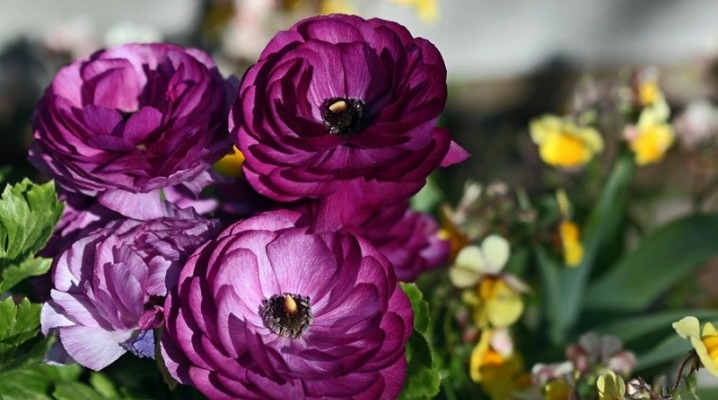
Ranunculus is also called alpine buttercup. This plant is not yet very common in our country, however, its cultivation is gaining more and more popularity every year. The variety of species is presented in various shades and shapes. Knowledge of the rules of planting and care is necessary for the grower so that buttercups delight the eye for a long time.
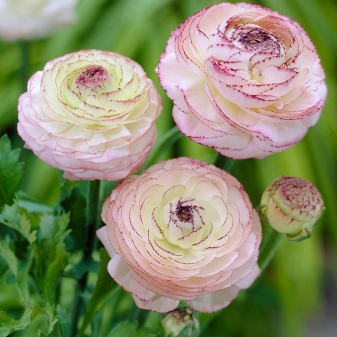

Description of culture
Buttercups are distinguished primarily by their delicate and voluminous buds. The diameter of the flowers can be from 7 to 10 centimeters, outwardly they are very similar to peonies, and when they bloom, they look like roses. The petals adhere very tightly to each other. A number of varieties are visually very similar to poppies.
There are about 600 varieties of ranunculus today. Their names speak for themselves. The most popular are peony, turban, French semi-double and others. You can find double and semi-double, peony-like, spherical flowers. It is impossible not to say about their colors, of which there are a great many. The buds are white, cream, rich orange, red, lilac, pink. For lovers of extravagant shades, breeders offer bright purple and blue buttercups.
As for the flowering period, in ranunculus, it begins in May and ends at the very end of summer... They are characterized by a slow opening of the buds. Moreover, after cutting, the flowers can look great, being in a vase of water for 2 whole weeks.
For this reason, it is often chosen for drawing up bouquets, taken as a basis in wedding compositions, and used as a design element for preparing festive interiors.

The subtleties of growing at home
Ranunculus can be grown both in the garden in the open field and at home in a pot. In the second case, it will be an excellent decoration for the room. If desired, you can use the plant to be placed on a balcony or loggia. Growing at home does not cause much trouble for the grower. Here, varieties are usually taken that have a not too long stem, on which there are many large leaves. Hanging species are also in demand.
For planting, you will need a special container, soil mixture, drainage and the planting material itself.
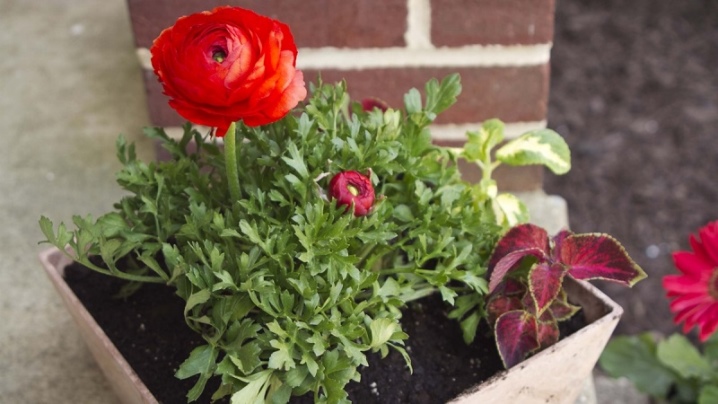
How to grow seedlings?
Growing ranunculus at home is quite simple, given certain nuances. I must say that it is best not to plant single plants, but to take them as a whole group. In this case, the result of planting will be a bright multi-colored bouquet.
Soil and capacity
It should be noted the importance of the choice of soil to be used for planting. The soil must meet certain requirements. It is necessary to use a loose and nutritious composition. You can purchase it from the store or make your own. For an optimal soil mixture, you will need humus, black soil and river sand in equal proportions, as well as garden soil in a double volume.
An important condition is the choice of capacity. Florists recommend paying attention to pots or plastic glasses, the volume of which varies between 200-250 milliliters. Drainage should be taken care of, it is imperative. At the bottom of the containers, it is necessary to make holes through which excess moisture will leave.If they are not provided by the manufacturer, you can pierce them yourself using scissors, an awl or a nail.
Before planting the bulbs, it is necessary to disinfect both the container and the soil. This will help eliminate possible pathogens. You can use a solution of potassium permanganate or a special preparation "Fitosporin" for this procedure.
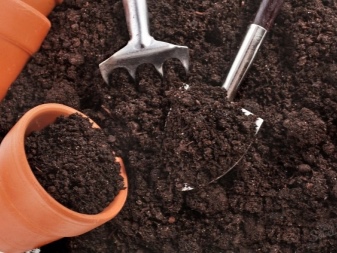
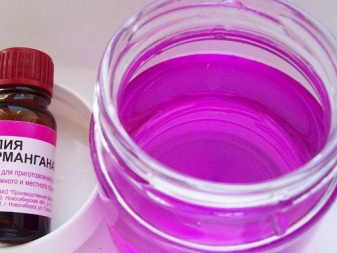
Sowing
It must be said that seeds are one of the methods of reproduction, however, it is quite labor-intensive. The fact is that good germination cannot always be ensured. Planting material is collected after the first inflorescences have faded. They are wrapped with gauze in order to exclude too early shedding. Closer to the middle of winter, the seeds are sown in specially prepared containers with simple soil, which is sprinkled on 2 centimeters. After that, the container is covered with glass or polyethylene and placed in the light. The room temperature should be between 15 and 17 degrees. The soil will need regular moisture.
The seeds will sprout in about 15-20 days.
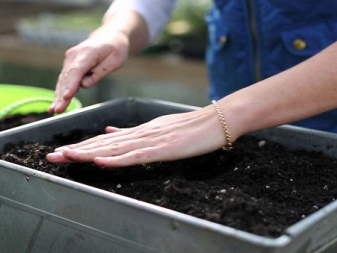

Seedling content
After the seedlings have sprouted, you also need to maintain the temperature regime. Readings should be around 17 degrees during the day and 1-2 degrees lower at night. Plants need fresh air. Airing should be organized daily for 15-20 minutes. The covering material is not only removed, but also wiped from condensation. After the shoots appear, the shelter must be removed. However, you should not do it abruptly, it is better to extend the process for a couple of days.
Watering is very important. The fact is that this flower is sensitive to moisture levels. Its excess, as well as a deficiency, can greatly harm the plant. After the shoots have appeared, they should be watered directly under the root from a syringe or syringe. The procedure is repeated when the topsoil dries up a little. When shoots appear, the container with seedlings must be removed to a sunny place.
Plants are very fond of light, so you will need to organize it additionally. With the help of phytolamps, 12-14-hour daylight hours should be provided. After the appearance of well-developed leaves in the amount of at least 2 pieces, it is time to pick the seedlings. The transplant is carried out in individual containers. Cups with a volume of about 200-250 milliliters are perfect. The soil can be left the same.
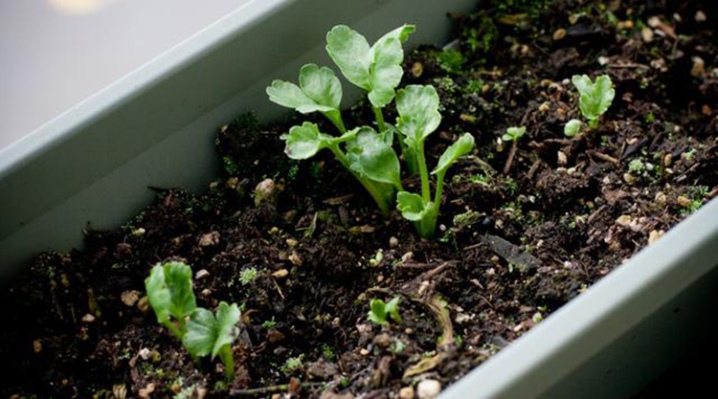
How to plant in open ground?
Growing ranunculus outdoors is the favorite pastime of flower growers. In this case, work with the planting material at home is not required in order to later engage in transplantation. It is necessary to plant tubers on the site in the spring, having done this at the right time and with the implementation of all recommendations.
Optimal timing
The soil temperature should be chosen as a guideline for planting in open ground. It should be at least 10 degrees Celsius. Measuring the temperature is quite simple, for this, a hole is dug out with a depth of 16-18 centimeters, a thermometer is placed there and left for 30 minutes. The data is as reliable as possible. Average planting times differ in all regions of our country. In the middle lane, it is best to carry out the procedure in mid-May. In the South and North Caucasus, you can start landing earlier, already at the end of April. In Siberia and the Urals, this is done towards the end of the last spring month.
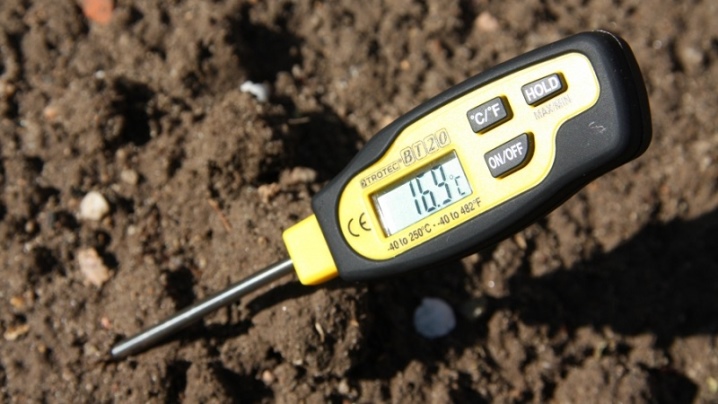
Seat selection
In order for the flower to feel as comfortable as possible on the site or dacha, it is necessary to choose the right place for planting. It should be quite warm and well lit. The territory must be protected from winds and drafts. If moisture accumulates in the garden or groundwater is located close, it is better to avoid such places. You should also abandon the landing of ranunculus in the lowlands, this can lead to rotting of the bulbs.
It is necessary to use fertile and loose soil. If it does not meet these requirements, you need to carry out preparatory work before planting, and even better - in the autumn. To add nutrients to the soil, it is necessary to pour humus or compost into it, and then dig everything up together. Also, the addition of a mineral complex will not hurt.
You can lighten the soil by adding river sand.
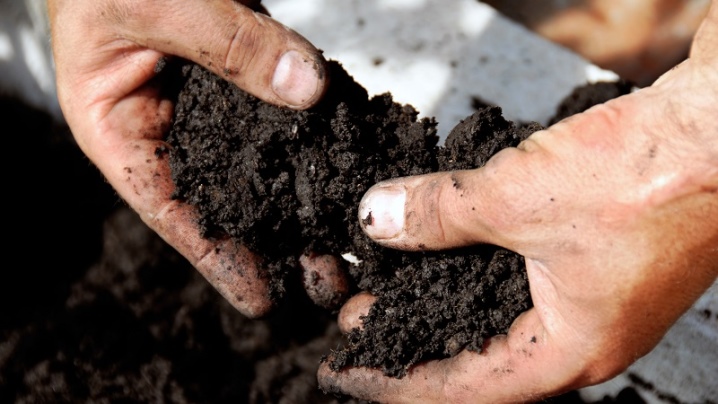
Seed preparation
It is very important to properly prepare the tubers for planting work. Their processing in the future will allow you to get strong and persistent flowers, as it affects biological forces. Experts recommend soaking without fail. To protect the future plant from various diseases, it should be placed in some kind of fungicide. This can be, for example, "Fitosporin". Soaking growth stimulants in a solution will help to stimulate growth, form roots, and strengthen immunity. Florists are advised to take drugs such as "Heteroauxin" or "Zircon". The procedure should be carried out according to the instructions for each substance.
Another option is to soak the bulbs in water for 2-3 hours. After this time, they will swell and can be removed. Soaking is carried out as follows. A napkin is placed in a specially prepared container and a small amount of water is poured. This is very important, since the tubers require oxygen, and soaking them completely will lead to a lack of oxygen. The bulbs themselves are placed there, and on top they are covered with another napkin. The entire container is then tightly tightened with foil. Immediately after the procedure, the tubers should be planted in open ground. It cannot be postponed.
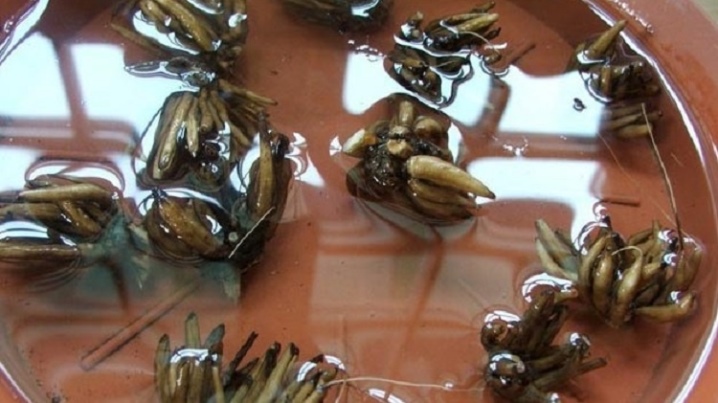
General rules for disembarkation
If a florist wants to admire buttercups for the whole next season, it is better to plant them for distillation in the last summer month. Before planting, the soil must be moistened. The depth of the planting holes for the bulbs should be from 5 to 8 centimeters, and the distance between them should be from 10 to 15 centimeters. It should be noted that the roots develop quickly enough, so planting too close can cause problems.
The bulb is placed in the hole with the sharp end down and carefully covered with soil. After that, the ground must be moistened using water at room temperature. If there is a risk of a possible cold snap, it is necessary to insulate the landing site. It is best to carry out mulching in this situation. Rotten sawdust or straw is great. When mulching, the main condition is the ability to pass air.
Films and similar covering materials must not be used. The mulch layer should be about 10 centimeters.
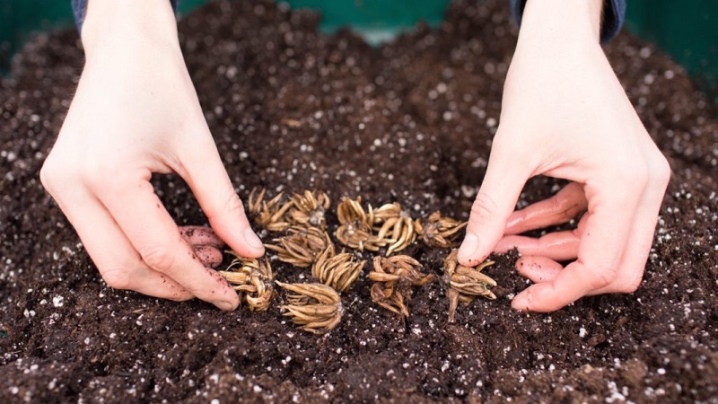
How to care?
Growing ranunculus is a rather laborious undertaking. They will need competent care. Let's consider its main points.
Watering
Watering should be regular, timely and at the same time rather moderate. Excessive humidity levels can lead to decay of the root system. Dropping buds or the appearance of mold on the leaves indicates that the roots are receiving too much water. There is only one solution in this situation. The affected parts of the plant are removed, the soil is loosened, and irrigation is carried out using less water.
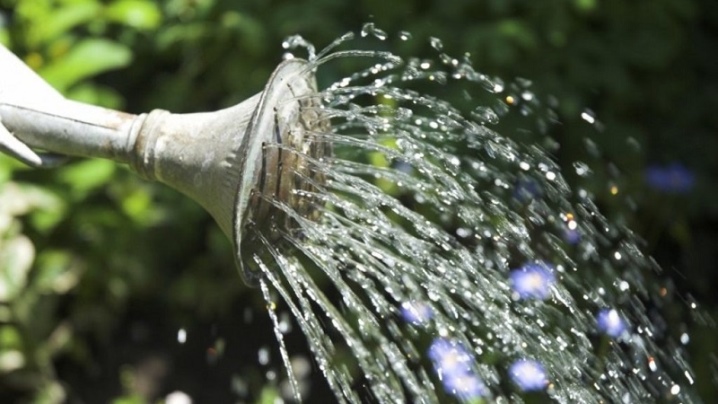
Top dressing
This procedure is required to be carried out once every 2 weeks. An excellent option would be to use potash fertilizers. Even during planting, as well as during flowering, ash and potassium salt should be added to the soil. This will help the plant gain strength and delight the gardener with strong and bright buds.
It will be useful to use mullein and mineral complexes.
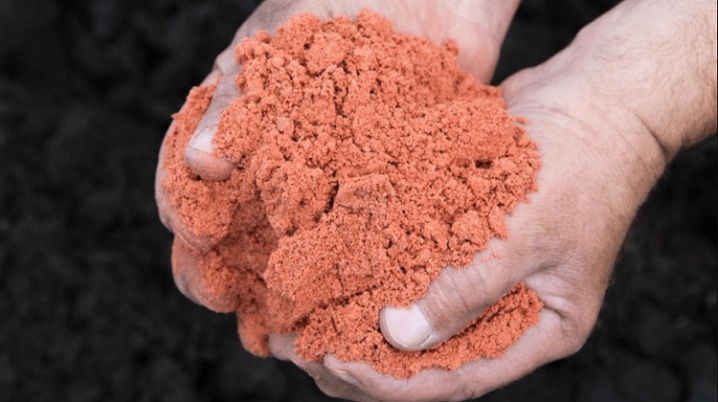
Weeding and loosening
Weeds do not benefit the plant, so they should be disposed of in a timely manner. As for loosening, in this case, you need to combine the procedure with watering. It is done the next day to lighten the soil and oxygenate the roots.

Preparing for winter and hibernation
Ranunculus cannot be called frost-resistant flowers. Therefore, they must be prepared for winter every year in the fall. To do this, you will need to follow a number of rules. TOWhen the leaves dry, the tubers will need to be dug up. This procedure must be carried out very carefully, since the bulbs are rather fragile.
The tubers are wrapped in paper and stored in a cool place with good ventilation. The temperature should be around 5 degrees. It is not superfluous to place them in the "Fundazole" solution for 30 minutes, and then dry them properly. Such measures are relevant in the Urals, Siberia and other regions with a rather harsh climate. In areas where winters are warm enough, ranunculus can be left for the winter right in the ground, covered with dry leaves with the first cold weather. If the flower is grown at home, after flowering, it must be placed in a cool place and stored there. It is during the storage process that the resting phase begins. Leaves and stems begin to turn yellow. At this time, the ranunculus needs to be transplanted, and then removed to a place where the air temperature does not exceed 18 degrees.
The resting phase lasts about a month. By April, new shoots will appear on the buttercup. The growing season is characterized by the appearance of 5 shoots from each bulb. They can be either seated or simply stored in a convenient place, for example, in the refrigerator. But one cannot do without drawbacks, the main one in this case is a general weakening of the flower and insufficiently large inflorescences. Therefore, some lovers of alpine buttercups are advised to purchase new planting material annually.
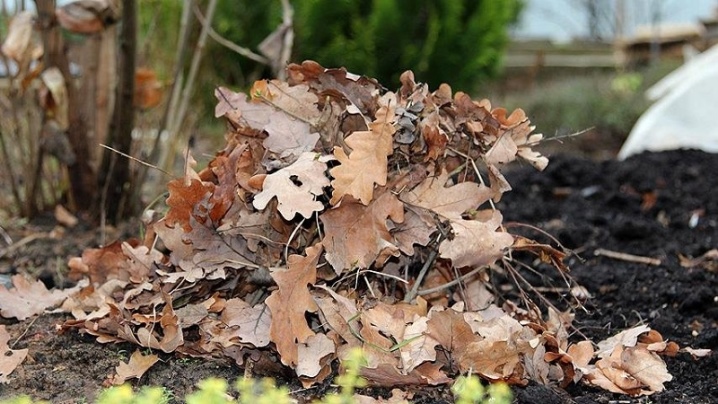
Diseases and pests
Ranunculus can suffer from various diseases, as well as from insect pests. Let's consider the possible problems and ways to solve them. The plant is susceptible to fungal diseases. Of particular concern are indicators such as white mold or brown spots. I must say that most often this problem occurs due to excess moisture. To save the situation in case of a weak lesion, you can use a light blowing. In serious cases, the flower must be destroyed in order to exclude the possibility of the spread of the disease.
We must not forget about harmful insects, which can significantly complicate the life of a grower. This is especially true for cabbage butterflies, nematode worms, aphids, ticks and thrips. Pest problems are generally indicated by white or silvery spots on the leaves. In this case, insecticide treatment will help. However, it is no secret to anyone that preventing a problem is much easier than coping with it. Therefore, it will be useful to think about prevention. If you treat the flower with a 0.2% solution of mercaptophos 1-2 times a week, you can forget about most of the troubles.

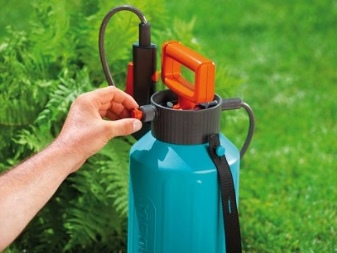
In the next video, you will find the secrets of a successful ranunculus planting into the ground.







































































































The comment was sent successfully.